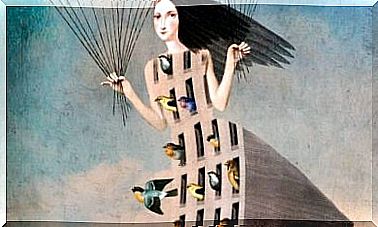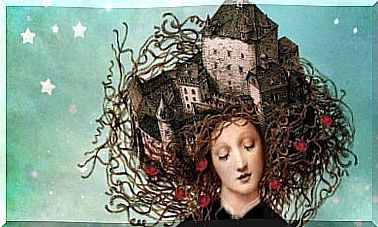6 Curiosities Of Egyptian Culture
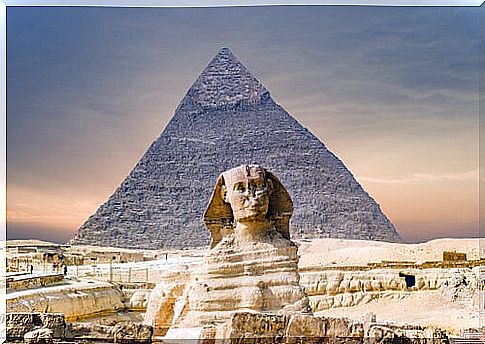
Egyptian culture has been one of the most admired and mythologized. We are talking about perhaps the most prosperous civilization that the history of humanity has known, the same one that for years was the cradle of great thinkers and incredible scientific, technical and academic advances.
In fact, after Mesopotamia, Egypt was the second enclave where written language developed: the famous hieroglyphs. These come from the words hiero (sacred) and glyph (engraving), and follow a structure that had not been seen before in the Mesopotamian territories of Sumer and Acadia.
Although for centuries the practice and interpretation of these images has been forgotten, it is increasingly common to find people interested in the subject. This is due to the revitalization that Egyptian culture is experiencing thanks, in large part, to globalization and the rise of social media.
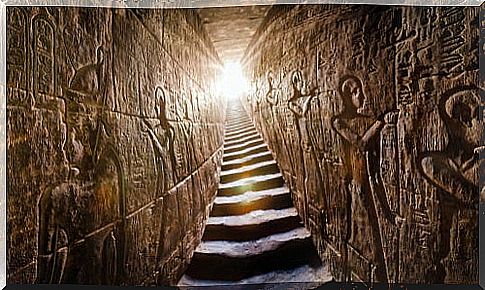
6 curiosities of Egyptian culture
1. The pyramids were built by free men
Despite popular belief, the pyramids of Egypt were not built by slaves. The men who worked there used to do so on three-month contracts, received a salary, and were also highly respected despite their humble origins.
Such was the admiration they caused that, if they died on the job, they could be buried in the tombs of the Giza necropolis. This way, they were closer to the pyramids of the pharaohs, which was quite an honor. Slaves, meanwhile, were often used for domestic work.
2. They adored cats
Many people know of the adoration that the Egyptians felt for the felines, but they do not understand the level of extreme veneration that they professed towards them. This is because the Egyptian culture considered these animals as incarnations of the god Ra, in his role as the slayer of the serpent Apophis (the incarnation of chaos and evil).
Later, the figure of Ra was subordinated to that of the goddess Bastet. Protector of homes and goddess of war, this deity turned cats into sacred and untouchable beings that, somewhat later, would become domestic animals.
3. They invented the mortar
This compound used to make building elements was created by the Egyptians. They used it to orient the bases of the pyramids, although it is currently debated whether the Etruscans also had something to do with the appearance of this element.
The pyramid of Cheops was the first in which mortar was used, around 2,600 BC. From that moment and as a result of this, different types of plasters were developed, among which the laying plasters, the finishing plasters and decoration plasters.
4. It was a much more egalitarian society than the Greek or the Roman
In Ancient Egypt, women had more rights than their Roman and Greek contemporaries. In fact, in Egyptian culture there was divorce, they could inherit (as in Celtic culture), and mistreatment was frowned upon.
In addition, women could have their own business and work in many trades. Most of them, yes, were related to health and motherhood.
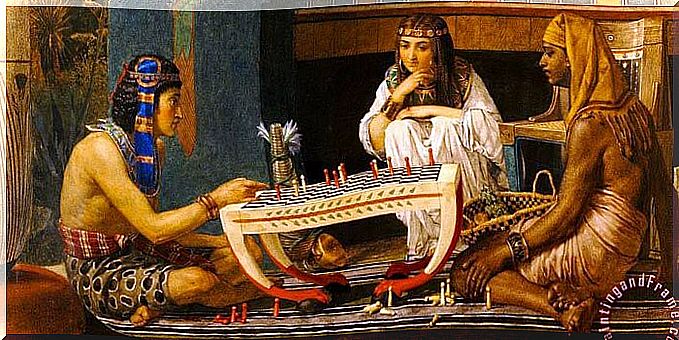
5. The left foot of the statues always goes ahead of the right
If we look at any statue built during the golden period of Ancient Egypt, we will see that the left foot is always ahead. This occurs because the Egyptian culture considered that the left side was the side of life, since the heart was located there.
In fact, during the attacks on the temples, the enemies used to destroy the left legs and feet of the statues. Thus, symbolically, they destroyed the “life” of the pharaoh in question and he was destined to be forgotten forever.
6. His color for mourning was red
The color black, ironically, was associated with good luck. This belief arose thanks to the good omen related to the black color of the bank of the Nile, which turned this tone because of the abundant silt, announcing that the next harvest would be fertile.
The color red, for its part, was associated with the color of the interior of the coffins. It was also the color they used to represent the fury of life, the aggressiveness of combat and, in a less symbolic way, the blood of animal sacrifices that wealthier families could afford at funerals.
Egyptian culture has served to develop numerous cultural elements (and not so cultural) that today we consider our own. Its medical and scientific innovations remain at the forefront of any other civilization; Its impressive architecture is also considered one of the most impressive examples of megalomania in existence.


